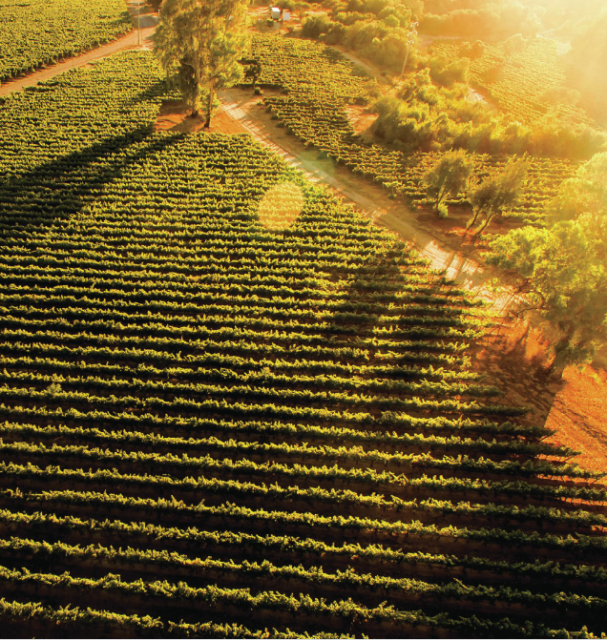Could Cabernet Sauvignon be the future of the Barossa?
By Sarah NeishWhile the Barossa Valley is world-famous for its Shiraz, a significant corner has been turned in the quality of the Cabernet coming out of this Australian region, finds db.

The Barossa Valley represents a 10.5% slice of the nation’s vineyards, and nearly 4% of the crush, and is home to more than 170 wineries, many of which have made a name for themselves on the back of their spectacular Shiraz.
However, it’s another red variety from the region that is starting to cause a stir.
Kym Teusner, co-founder of Teusner Wines, points to Barossa Cabernet as being the one to watch, something he might not have said a decade ago.
“Cab was neglected in the Barossa for a long time. Producers did everything in their power for three or four decades to make Cabernet taste like Shiraz (blending the two varieties together was common practice). All they succeeded in doing was making a shit, dry red wine,” he tells the drinks business in an exclusive interview.
But now a new wave of winemakers are coming through with a real passion for Cabernet, which is giving rise to a unique style of single-varietal Cab coming from Barossa.
“The Barossa is shaping up to be a fabulous Cabernet region,” says Teusner, who details the difference between Cabernets made in the region’s cooler, higher-altitude Eden Valley; and the lower-lying, warmer Barossa Valley floor.
“The cooler Eden Valley produces Cabernet Sauvignon with clear varietal definition; think red peppers, hints of mint and eucalyptus, and herbal notes with fine tannin structure,” he says. “Whereas the Barossa Valley’s warmer conditions produce richer, more generous Cabs, showing blackcurrant, Mocha, tobacco, and cigar box.”
Partner Content
When grapes from these two sub-regions are combined, the resultant wine is one that is “consistently rich and soft – never with the big and sometimes aggressive tannins of Cabernet Sauvignons from other regions,” says Teusner. “They are medium-bodied but intensely flavoured, balanced and complex.”
Teusner is quick to point out this softness “does not detract from the wines’ ability to improve with cellar time. It simply makes them more approachable as younger wines.”
Barossa’s elegant style of Cabernet also ties in with a wider trend of more complex wines being made in the region.
“People are often expecting big, bulky, overbearing wines from the Barossa,” says Teusner. “But our focus has for some time been on making wines that are full of complexity and bright fruit. That’s much more important to us than weight and power.”
This year, especially, Eden Valley winemakers might be pushing its Cabernet forward more than usual in light of extremely low yields for its two flagship grape varieties in the 2023 harvest.
“Some varieties, particularly Riesling and Chardonnay in the Eden Valley have well below average yields this year, although stunning flavours and natural acidity,” Louisa Roe, chief winemaker at Yalumba, told the drinks business in a recent interview.
Related news
ProWine and db Asia partner on the inaugural Asia Green Awards




